The Asia Pacific Triennial once again brings innovative contemporary art from the Asia Pacific region to Brisbane.
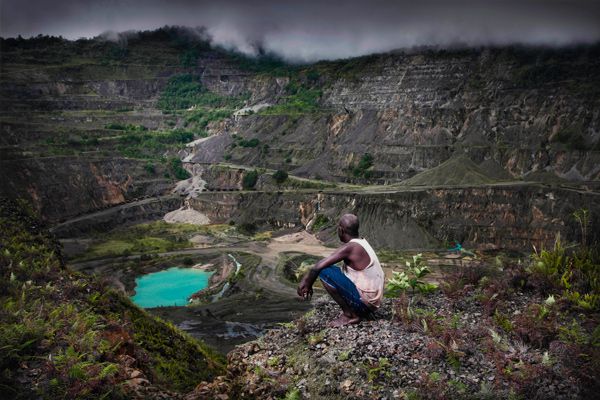
March 14th, 2016
Hero Image: TALOI HAVINI (ARTIST) Autonomous Region of Bougainville /Australia b.1981 Hakö people STUART MILLER (PHOTOGRAPHER) Australia b.1983 Russel and the Panguna mine (from ‘Blood Generation’ series) 2009, printed 2014 Digital print on Canson Platine fibre rag paper 310gsm, ed. 2/10 / 84 x 120cm Purchased 2014. Queensland Art Gallery | Gallery of Modern Art Foundation / Collection: Queensland Art Gallery
The Asia Pacific Triennial is back! In its 8th iteration, APT offers a comprehensive taste of contemporary art from the Asia Pacific. It brings the region to life within the gallery space, with this year’s exhibition embracing an interactive twist.
The exhibition celebrates the cultural, visual, linguistic, social and religious diversity of our Asia Pacific neighbours. With a focus on works that are performative in nature, it is fully immersive. It is an exhibition designed for collective experience, with interactive pieces that encourage active participation from the audience, rather than mere passive viewing. Works like Asim Waqif’s All that we leave behind are the memories encourage viewers to touch, move and physically engage with the work. Likewise, scale also plays a considerable part in capturing the essence of the Asia Pacific. Min Thein Sung’s Another realm (horses) towers over the gallery commanding the full attention of visitors.
APT8 is also a treat for the senses, with colour, sound and light all playing a part to enhance the impact of the exhibition. Rasen Kaigan’s Spiral coast is a particularly excellent example of this, with its moving use of light accentuating the haunting nature of her photographs that capture the aftermath of the 2011 Tsunami in Japan.
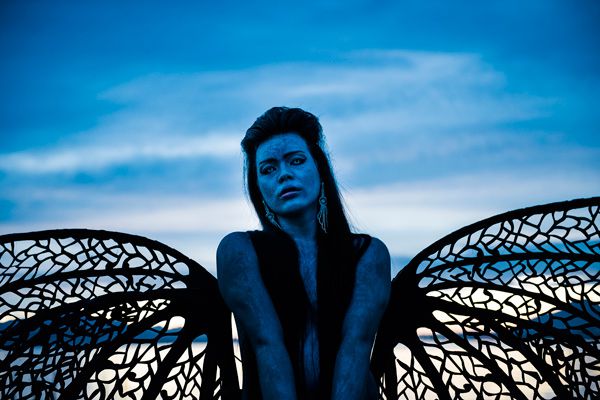
JUSTIN SHOULDER & BHENJI RA in collaboration with JAI JAI Ex Nilalang: Balud (production still) 2015 Single-channel HD digital video, 16:9, colour, sound Photograph: Gregory Lorenzutti. This project was assisted by a grant from Arts NSW, an agency of the New South Wales Government and supported by the Visual Arts and Craft Strategy, an initiative of the Australian State and Territory Governments. The program is administered by the National Association for the Visual Arts (NAVA). Developed for APT8 Image courtesy: The artists
Contemporary issues are the undercurrent of many of the works with climate change, colonial influence, representation/misrepresentation and exploitative work practices being just some of the themes presented here. Whether investigating the binaries of the urban and the regional, or the personal and the social, a diverse range of perspectives offer insight into everyday life within the region on a macro and micro scale. In doing so, these works continue to accentuate the role of cultural production as a means understanding and engaging with current issues impacting on the region.
APT8 will only be at QAG and GOMA until 10 April 2016. Be sure to pencil in a visit before then as an exhibit of this nature won’t be seen again until the next APT in 2019.
Queensland Art Gallery | Gallery of Modern Art
qagoma.qld.gov.au
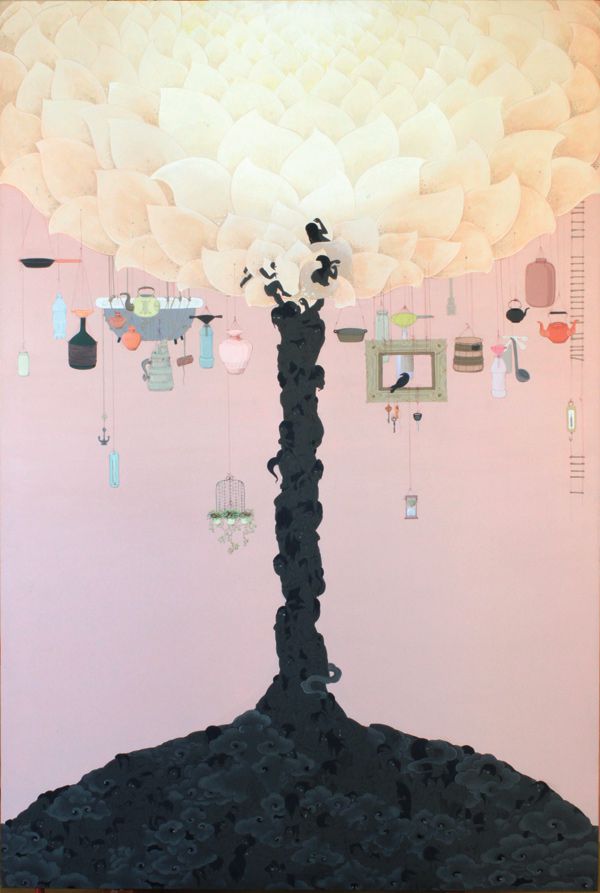
UURIINTUYA DAGVASAMBUU Mongolia b.1979 Path to wealth 2013 Synthetic polymer paint on canvas 149 x 99cm Purchased 2015 with funds from Ashby Utting through the Queensland Art Gallery | Gallery of Modern Art Foundation / Collection: Queensland Art Gallery
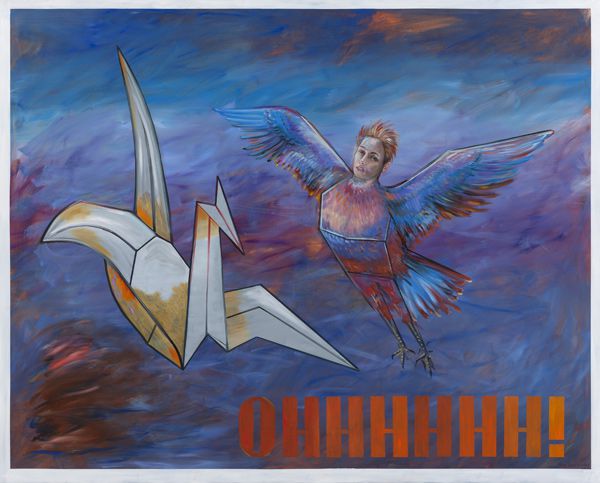
JUAN DAVILA Chile/Australia b.1946 Ohhhhhh! 2014 Oil on canvas 200 x 250cm Photograph: Mark Ashkanasy Image courtesy: The artist and Kalli Rolfe Contemporary Art, Melbourne © Juan Davila
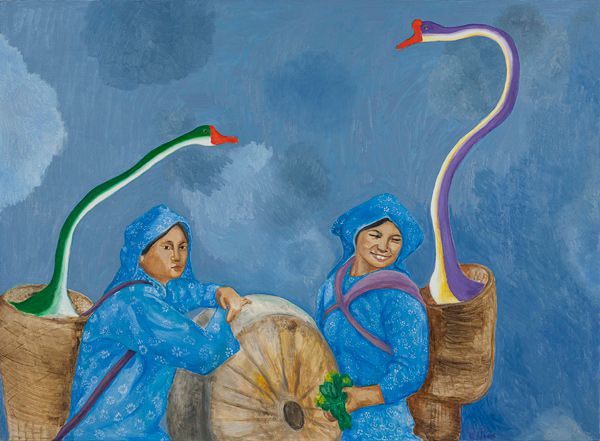
DUAN JIANYU China b.1970 Sharp, Sharp, Smart No.4 (from ‘Sharp, Sharp, Smart’ series) 2014 Oil on canvas 140 x 180cm Image courtesy: The artist and Vitamin Creative Space, Guangzhou Proposed for the Queensland Art Gallery Collection
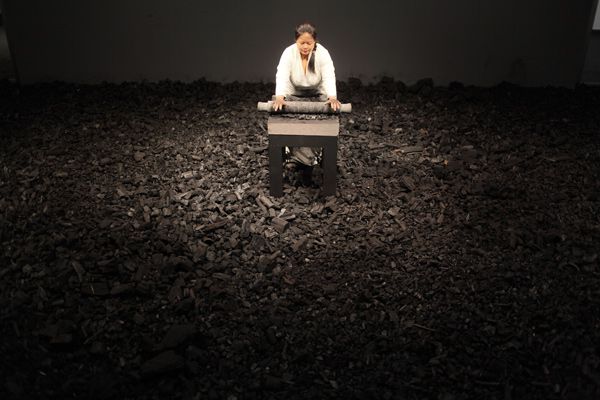
MELATI SURYODARMO Indonesia b.1969 I’m a Ghost in My Own House 2012 12 hour performance, mixed media installation and single-channel video Documentation of performance staged at Lawangwangi Creative Space, Lawangwangi Foundation, Bandung, Indonesia, 2012 Image courtesy: The artist
INDESIGN is on instagram
Follow @indesignlive
A searchable and comprehensive guide for specifying leading products and their suppliers
Keep up to date with the latest and greatest from our industry BFF's!
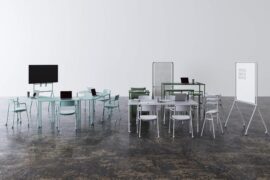
Welcomed to the Australian design scene in 2024, Kokuyo is set to redefine collaboration, bringing its unique blend of colour and function to individuals and corporations, designed to be used Any Way!

The undeniable thread connecting Herman Miller and Knoll’s design legacies across the decades now finds its profound physical embodiment at MillerKnoll’s new Design Yard Archives.

For Aidan Mawhinney, the secret ingredient to Living Edge’s success “comes down to people, product and place.” As the brand celebrates a significant 25-year milestone, it’s that commitment to authentic, sustainable design – and the people behind it all – that continues to anchor its legacy.
Cielos is a modular ceiling or wall lighting system; it delivers light that is bright, glare-free from a wide area uniform surface.
With Saturday Indesign 2008 and the Launch Pad design competition just around the corner, we decided to catch up with last year’s Launch Pad winner, Anthony Dann.
The internet never sleeps! Here's the stuff you might have missed
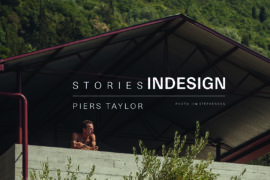
Piers Taylor joins Timothy Alouani-Roby at The Commons to discuss overlaps with Glenn Murcutt and Francis Kéré, his renowned ‘Studio in the Woods,’ and the sheer desire to make things with whatever might be at hand.

With the inaugural Glenn Murcutt Symposium set to take place in Sydney in September 2025, Pritzker Prize-winner Francis Kéré receives the Murcutt Pin.